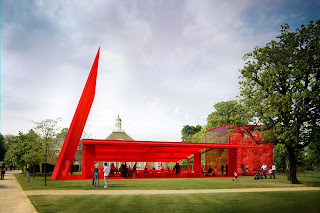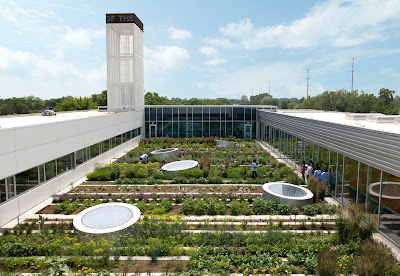Went to a sort of village fayre / farmers market / family fun day at the Kingham Plough in kingham near Chipping Norton, with my Aunt and Uncle who live nearby. It was a fantastic day with all sorts of local produce and local beers and ales on sale and farm animals to pet for the kiddies and a hog roast (which I did find slightly sinister actually: pet the piglets and then tuck in to their mum!!). there was one stall in particular which caught my interest which was selling wild salad mixes and wild foods and drinks. had a look at the stall, then there was a small talk given by Yun Hider who was talking about foraging and trying to encourage people to use wild products in their day to day lives, like people did 50 odd years ago. nettle tea/ nettle soup / beech leaf noyau /hawthorn / wild fennel / wild garlic / sea breem were all mentioned, and Yun encouraged everyone to try all the ingredients he was talking about. They actually tasted good and I liked the idea of using wild products, the only problem I found with the idea is that the majority of these ingredients are supplements to meals or garnishes rather than forming a major part of any meal. Yun, however provides ingredients to various restaurants, pubs, and chefs and even provided ingredients for a meal for the Queen. The pub which the event was held at - The Kingham Plough, has a very well renowned restuarant and it's chef / propreitor Emily Watkins works the wild produce provided by Yun into the ever changing menu; it was interesting to hear the talk and then see how the ingredients are worked into a menu inside the pub - it all sounded delicious!
Its a nice way to encourage more people to engage in the landscape and to use it in their day to day lives; it has a similar kind of ethics / ideals as the 'grow your own' schemes which are becoming popular and I think it could have the scope to form community projects etc. The whole idea of using the landscape has always interested me and edible landscapes are the obvious direction ; however urban farming initiatives and grow your own schemes are becoming more and more common and popular and I think this wild food foraging is an exciting way of collecting food from the landscape which has been overlooked in recent decades and is due for revival.
Below is a video of Yun giving a similar talk to the one which I attended.































